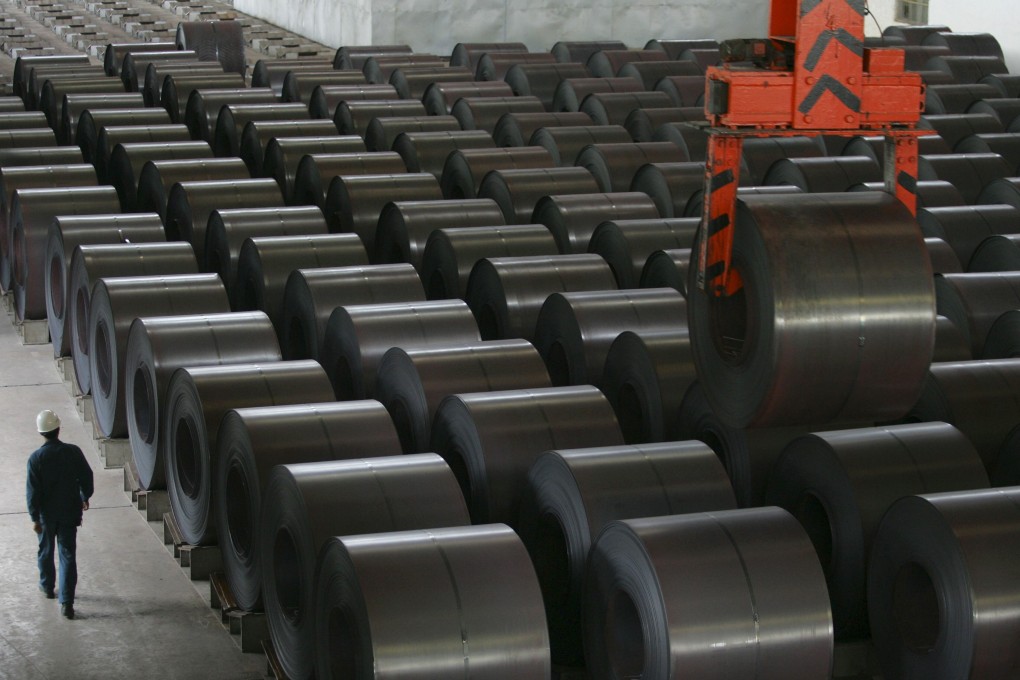Advertisement
China targets air pollution, steel overcapacity with new curbs on ‘blind investment’
- China’s government has ordered steelmakers to begin scaling back production capacity from June to avoid overcapacity and help meet emissions reductions targets
- Production cuts come after a government-stimulated building boom helped the Chinese economy rebound from damage caused by the coronavirus pandemic last year
Reading Time:3 minutes
Why you can trust SCMP
10

China has increased efforts to curb the massive production capacity of its domestic steel industry, a sector central to trade disputes with the United States and the European Union (EU), but also one of the nation’s largest sources of air pollution.
The planned production cuts come after a government-stimulated building boom helped the Chinese economy rebound from the damage caused by the coronavirus pandemic early last year.
Steel output to support the construction boom has caused iron ore prices to spike, raising concerns in Beijing about the financial health of many steel companies. China consumes more iron ore than any other nation, as it is by far the world’s largest steel producer.
Advertisement
China’s crude steel output reached a record high of 1.07 billion metric tonnes last year, more than all other nations combined.
Advertisement
But the country’s vast steelmaking capacity is also a major source of pollution, which Beijing must cut back sharply to meet its climate goals, including peaking emissions by 2030 and becoming carbon neutral by 2060.
Advertisement
Select Voice
Choose your listening speed
Get through articles 2x faster
1.25x
250 WPM
Slow
Average
Fast
1.25x